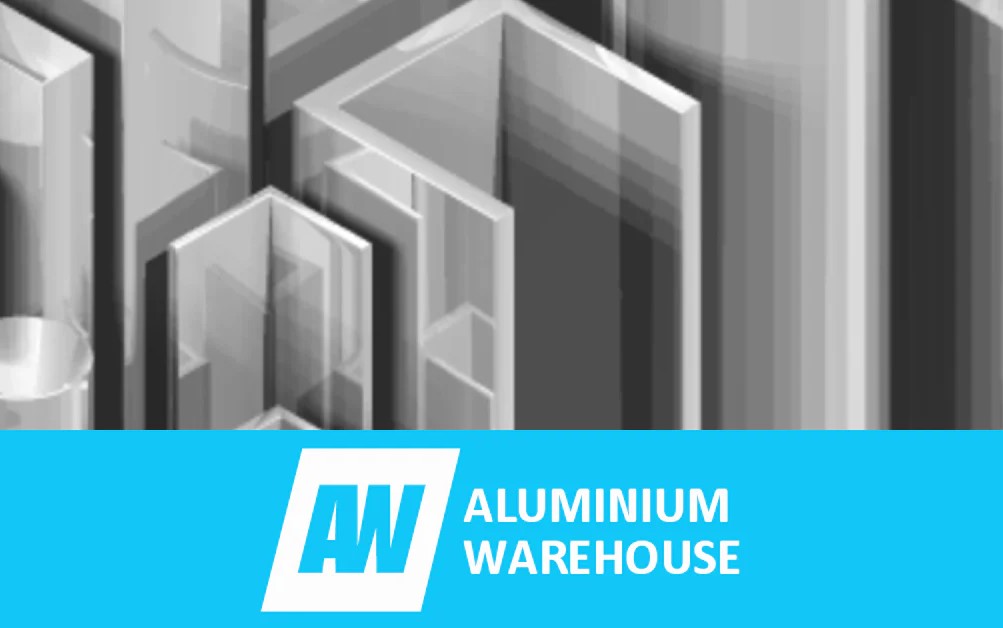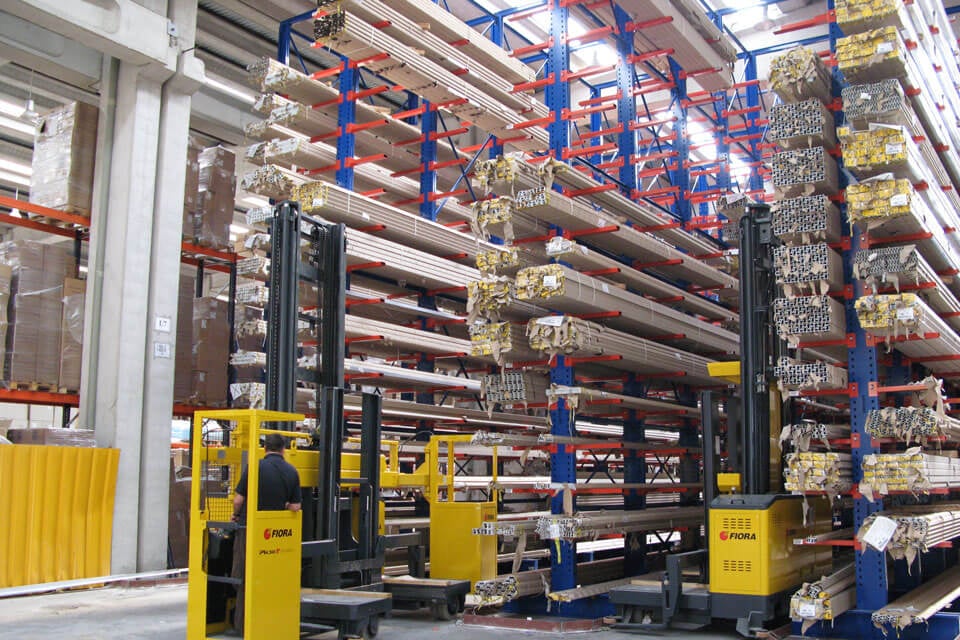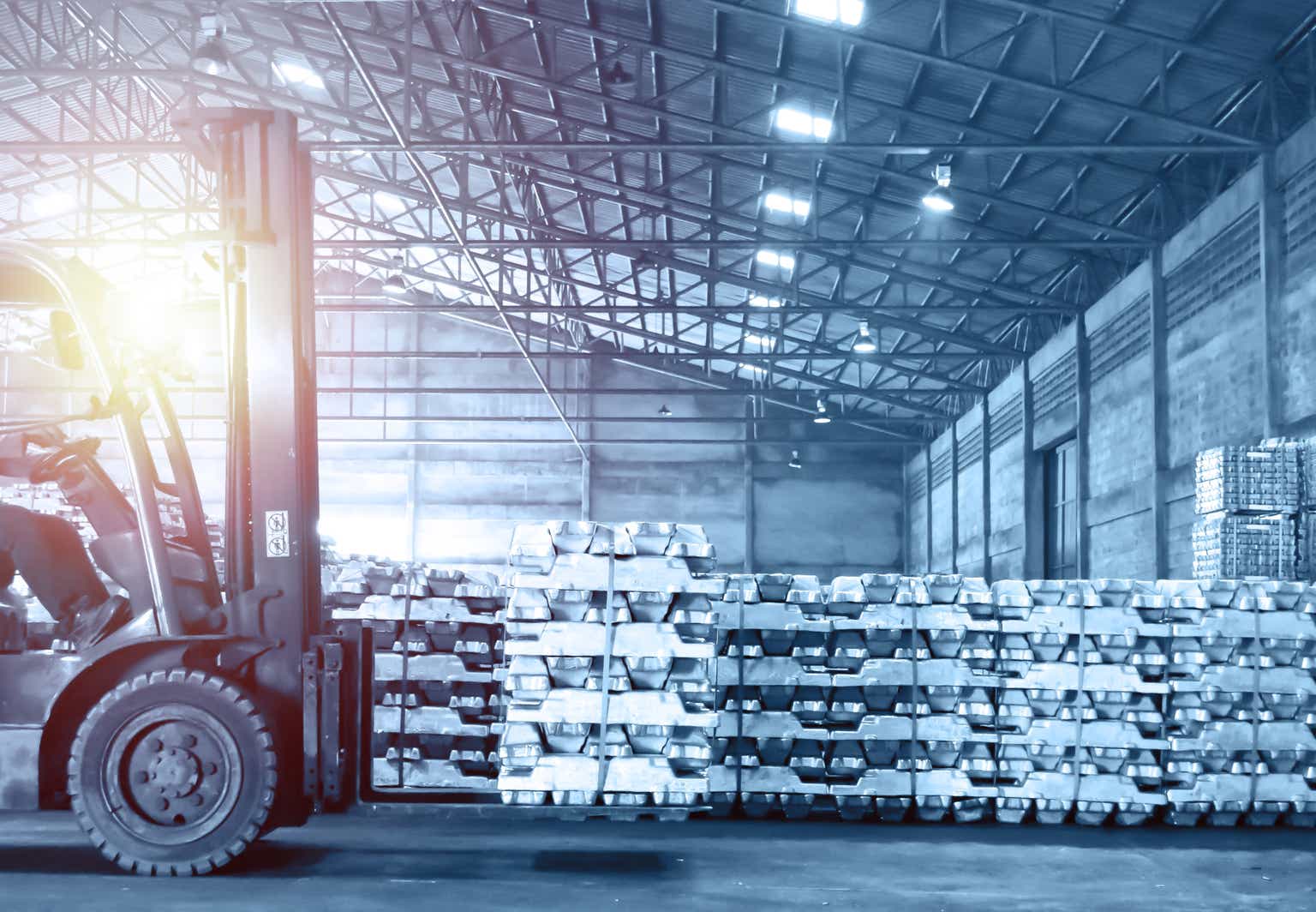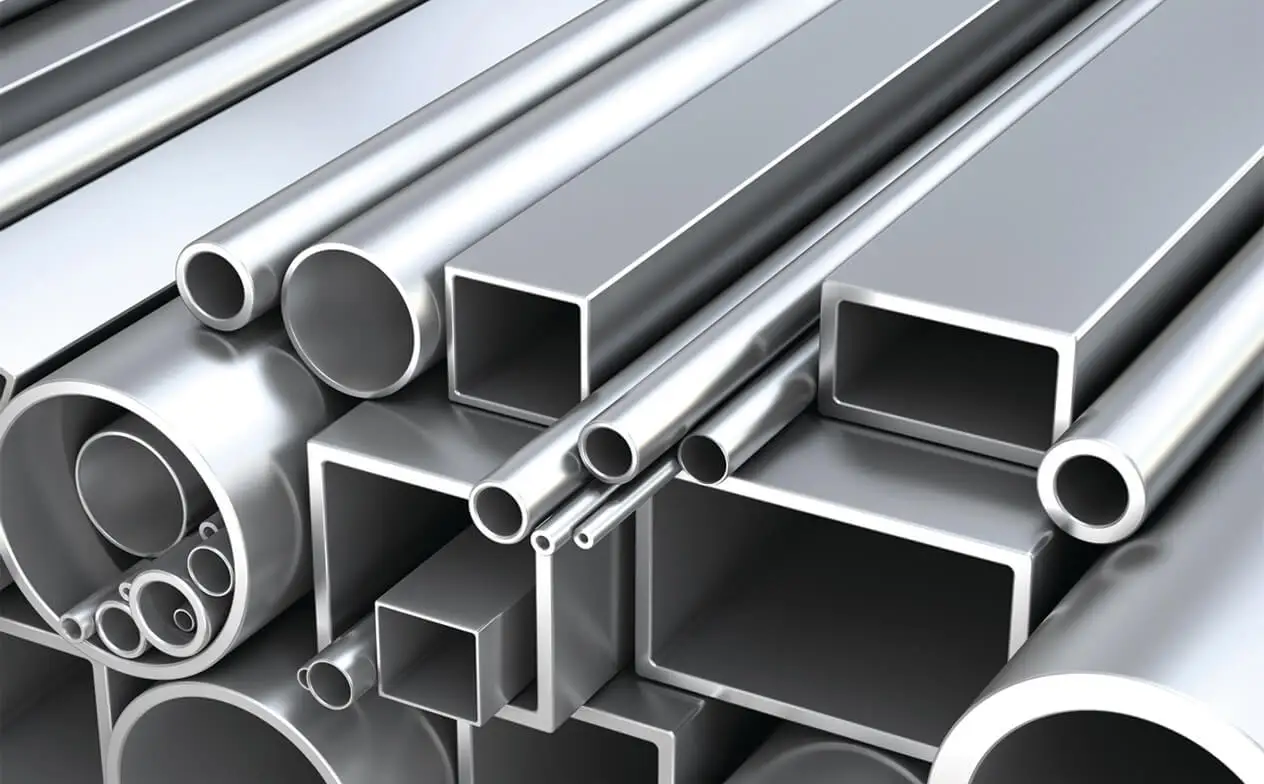Aluminium, a versatile and lightweight metal, has become an integral part of modern industries and everyday life. Its widespread use in various applications, from construction to aerospace, underscores its importance in our globalized society. The Aluminium Warehouse stands as a crucial hub for the distribution, processing, and supply of this metal, serving as a linchpin for industries that rely on its unique properties.
History of Aluminium
To truly appreciate the significance of Aluminium Warehouses, it’s essential to delve into the metal’s history. Despite being one of the most abundant elements on Earth’s crust, aluminium remained elusive for centuries due to its challenging extraction process. It wasn’t until the 19th century that advances in technology, particularly the Hall-Héroult process, made aluminium extraction economically viable.
The Aluminium Warehouse emerged as a consequence of this newfound accessibility, providing a centralized location for the storage and distribution of the metal. Over the years, these warehouses have evolved to meet the increasing demand for aluminium across diverse sectors.
Key Functions of Aluminium Warehouses
- Storage and Inventory Management: Aluminium Warehouses play a crucial role in efficiently storing large quantities of aluminium in various forms, including ingots, sheets, coils, and extrusions. Meticulous inventory management ensures a steady supply to meet the demands of different industries.
- Processing and Fabrication: Beyond mere storage, many Aluminium Warehouses have integrated processing and fabrication facilities. This allows for the customization of aluminium products according to the specifications of clients, making the warehouse a one-stop solution for industries requiring tailored aluminium components.
- Quality Control: Maintaining the quality of aluminium is paramount. Aluminium Warehouses implement stringent quality control measures to ensure that the metal meets industry standards and specifications. This involves rigorous testing, inspection, and certification processes.
- Logistics and Distribution: Aluminium Warehouses are strategically located to facilitate efficient transportation of aluminium products to end-users. Their proximity to major transportation hubs ensures a streamlined supply chain, reducing lead times and transportation costs.
- Research and Development: Some advanced Aluminium Warehouses are at the forefront of research and development in aluminium-related technologies. This includes exploring new alloys, fabrication techniques, and applications, contributing to the continuous evolution of the industry.
Applications of Aluminium
The versatility of aluminium contributes significantly to its ubiquity in various industries. From construction and automotive to aerospace and packaging, aluminium’s unique combination of strength, durability, and lightweight characteristics makes it an ideal choice for a myriad of applications.
- Construction: Aluminium’s corrosion resistance and malleability make it a preferred material for construction. It is used in the creation of window frames, roofing, and structural components, contributing to the durability and aesthetic appeal of modern buildings.
- Transportation: In the automotive and aerospace industries, aluminium is valued for its high strength-to-weight ratio. This allows for the manufacture of fuel-efficient vehicles and aircraft, reducing overall energy consumption and carbon emissions.
- Packaging: The lightweight nature of aluminium makes it a popular choice for packaging materials. From beverage cans to food containers, aluminium packaging provides a protective barrier against moisture and light while remaining easily recyclable.
- Electronics: Aluminium’s excellent conductivity makes it an essential component in the manufacturing of electronic devices. Heat sinks, casings, and wiring benefit from the metal’s thermal and electrical properties.
Environmental Impact and Sustainability
The Aluminium Warehouse industry has not been immune to the growing emphasis on sustainability. With the global shift towards environmentally conscious practices, Aluminium Warehouses are increasingly adopting eco-friendly measures in their operations.
- Recycling Initiatives: Aluminium is highly recyclable, and recycling it requires significantly less energy compared to primary production. Many Aluminium Warehouses actively participate in recycling initiatives, contributing to the circular economy and reducing the environmental impact of aluminium extraction.
- Energy-Efficient Practices: Some warehouses are investing in energy-efficient technologies to minimize their carbon footprint. This includes utilizing renewable energy sources, implementing energy-efficient lighting and heating systems, and adopting sustainable transportation methods.
- Research into Green Alloys: Ongoing research within Aluminium Warehouses focuses on developing environmentally friendly alloys that maintain the metal’s structural integrity while minimizing environmental harm during extraction and processing.
Challenges and Future Outlook
Despite its many advantages, the aluminium industry, including Aluminium Warehouses, faces challenges. Fluctuating raw material costs, geopolitical uncertainties affecting the supply chain, and evolving environmental regulations are just a few of the hurdles. However, the industry remains resilient and adaptable.
Looking ahead, the future of Aluminium Warehouses is likely to be shaped by technological advancements, sustainability efforts, and an increasing demand for aluminium in emerging industries. The ongoing pursuit of innovative solutions, coupled with a commitment to environmental responsibility, positions Aluminium Warehouses as pivotal players in the global supply chain of this remarkable metal.
Technological Advancements in Aluminium Warehousing
In an era marked by rapid technological advancement, Aluminium Warehouses are not exempt from embracing cutting-edge solutions to enhance their operations. Automation and artificial intelligence are increasingly being integrated into various aspects of aluminium storage, processing, and distribution. Automated systems for inventory management and robotics for material handling contribute to increased efficiency and reduced labor costs. These technological innovations not only streamline processes within Aluminium Warehouses but also improve overall safety standards, ensuring a secure working environment for the personnel involved. Moreover, advancements in data analytics enable these warehouses to predict demand patterns more accurately, facilitating better resource allocation and reducing waste.
Global Collaboration for a Sustainable Future
The aluminium industry, including Aluminium Warehouses, recognizes the need for global collaboration to address environmental concerns and foster sustainability. Collaborative efforts involve sharing best practices, adopting common standards for responsible sourcing, and collectively investing in research and development for greener technologies. International agreements and initiatives, such as the Aluminium Stewardship Initiative (ASI), aim to establish a globally recognized sustainability standard for the entire aluminium value chain. Aluminium Warehouses actively participate in these initiatives, aligning their practices with global sustainability goals. This collective commitment to responsible and sustainable aluminium production underscores the industry’s dedication to minimizing its ecological footprint and ensuring a more sustainable future for generations to come.
The Aluminium Warehouse stands as a testament to the transformative journey of aluminium, from a rare and precious metal to a ubiquitous and essential component of our modern world. As industries continue to innovate and evolve, these warehouses will play a crucial role in ensuring a sustainable supply of high-quality aluminium, driving progress and development across diverse sectors. The story of the Aluminium Warehouse is intricately woven into the fabric of industrial history, and its significance is poised to grow in the years to come.























